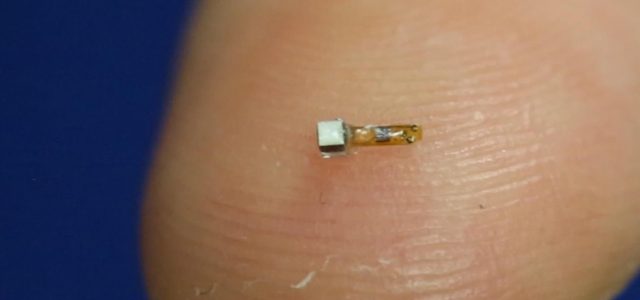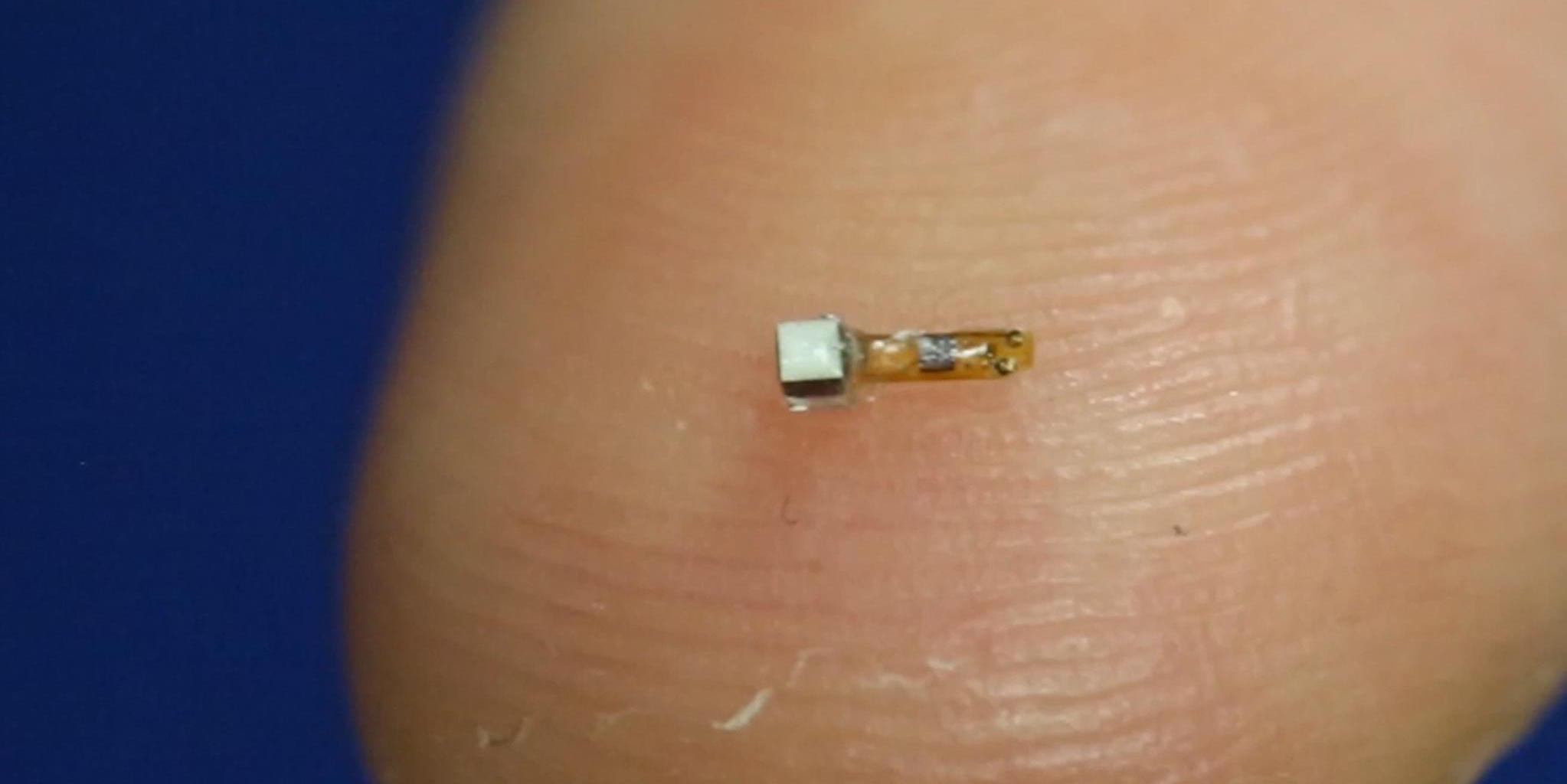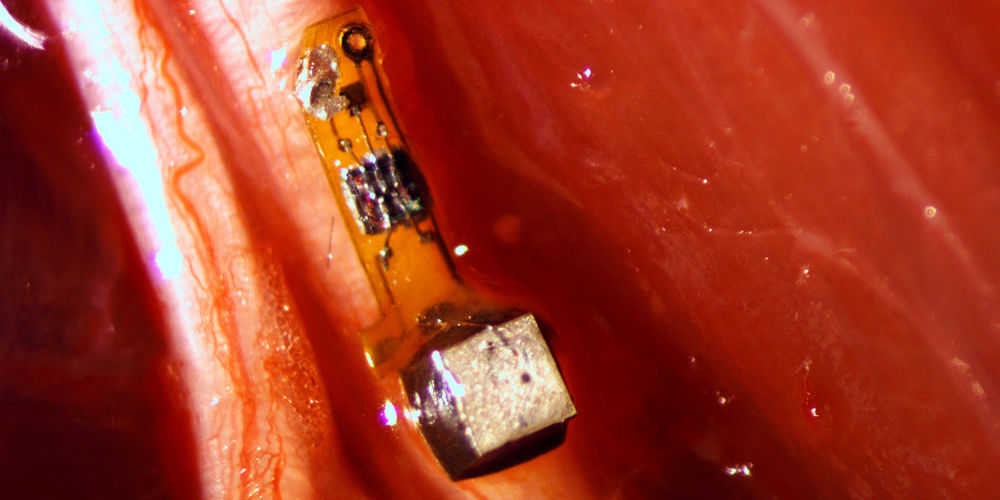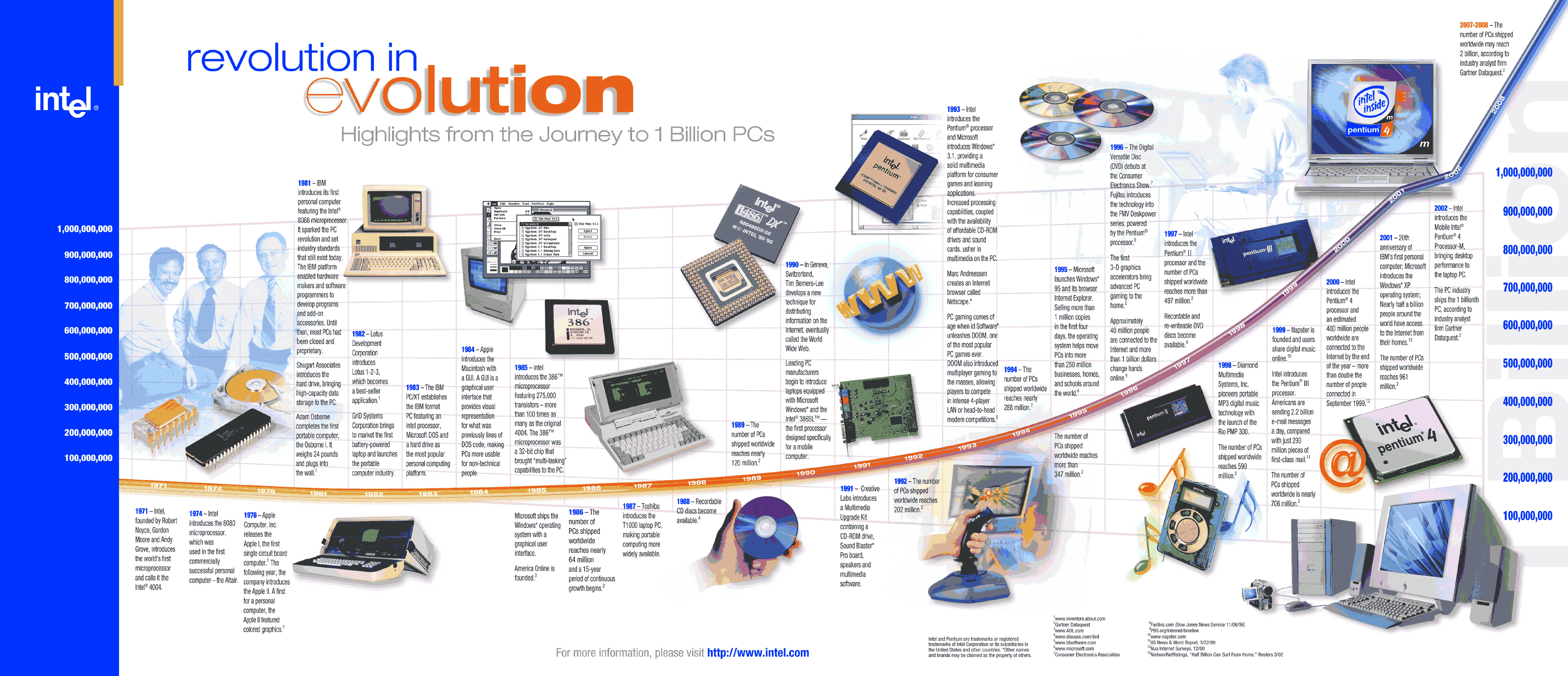Sand-sized Wearable Could Reanimate Quadriplegics
NewsTech October 22, 2024 Damon Mitchell

Reported in the Independent UK, a sand-sized wearable bridges wearables with the human body. Called “neural dust” by the researchers at Berkley, it is the first grain in what could be an entire beach of grain-sized technology. Basically, we’re all going to become cyborgs. Kidding aside, this technology could allow quadriplegics to walk again.
The problem for most quadriplegics is not their legs. The legs work fine. It’s the connection between the legs and the brain that’s broken. We’ve suspected we could “rewire” that connection for some time, restoring full activity levels, but we haven’t had the technology. Not like this, we haven’t.
By connecting neural dust to human nerves, then syncing them with computers, we could bridge those gaps in communication between the brain and limbs. We could do even more than that.
How neural dust works.
Without the need for wires, an implant smaller than Abe Lincoln’s ear on the penny attaches to the nervous system of rats.
From there it is able to register electrical signals traveling through the nerve branches. That data is then transmitted to a computer where researchers read the data in real time.
For the time being, all the researchers do is monitor the rat’s vitals, but wirelessly.
We’ve already successfully rewired the brain to limbs but had to go through the skull. Leaving wires hanging out of the skull is not only gross, it’s high potential for infection.
The cool thing about neural dust is that it could stay in the body for ten years in its current form. We could extend that time until it’s irrelevant. You would die of old age before needing to replace it.
What we could do with it.
Next steps for this technology are far beyond the scope of this blog, but could include more specificity. While Abe Lincoln’s ear is pretty small on the penny, nerve branches are even smaller.
It may not be necessary to get super small in the body, but if we are to use neural dust in the brain we will need to read more specific signals.
The trick is not to decode the brain, but to understand which signals equal moving the legs, for example. Then we just attach neural dust to that branch in the brain, connect it to a computer like your smartphone, with the other end of the dust attached to the desired leg muscle. Viola, the leg moves like there was never a problem.
There’s a lot of steps between researcher from Berkley and this super-sci-fi destination, but it seems plausible.
What this means for wearable tech.
The application for this technology goes beyond fixing broken bodies. Once we can read signals at a brain level, we could diversify that data collection to include fitness tracker data.
While it may sound hacky to shove electrodes in the brain if not necessary, consider that these devices would be super tiny. Nanobots could install them. Then you could simply swallow a pill before bed, waking up to a body that sends robust data to your smartphone.
Forget the debate about chest versus wrist-based heart rate trackers, we would be taking the data straight from the source.
That’s the tip of the iceberg. We could collect metrics we don’t even have a value for yet.
Technology progresses exponentially. We went from desktop computers to paper-thin laptops in thirty years. Smartphones took us only ten years from the cell phone explosion.
At the current speed, today’s wearable tech will look like steampunk contraptions in five years. Don’t be surprised when your kids don’t ask for piercings and tattoos, but cybernetic implants to get ahead in sports or school. It’s coming.



